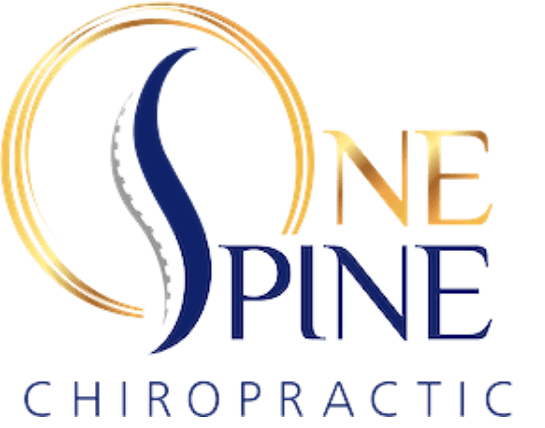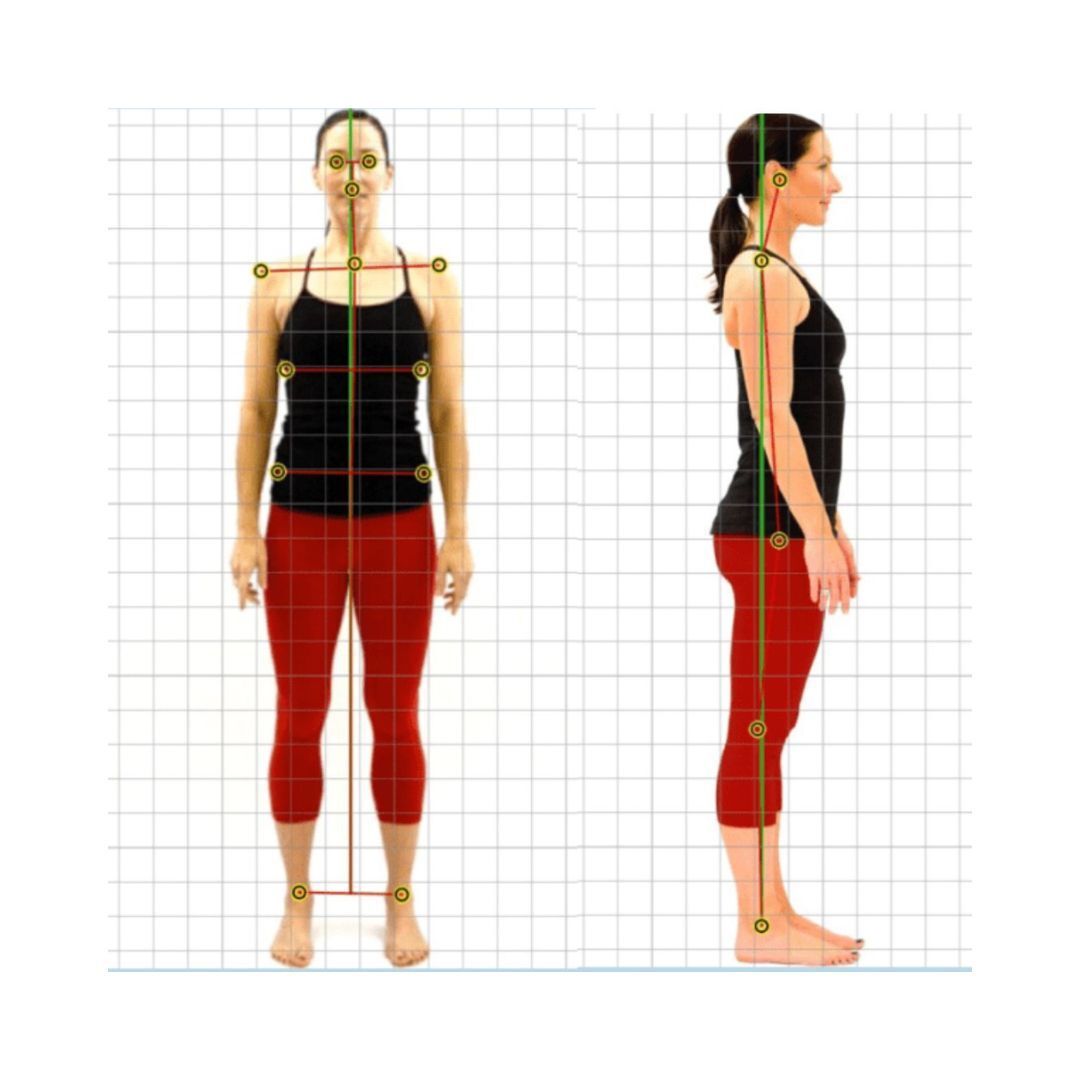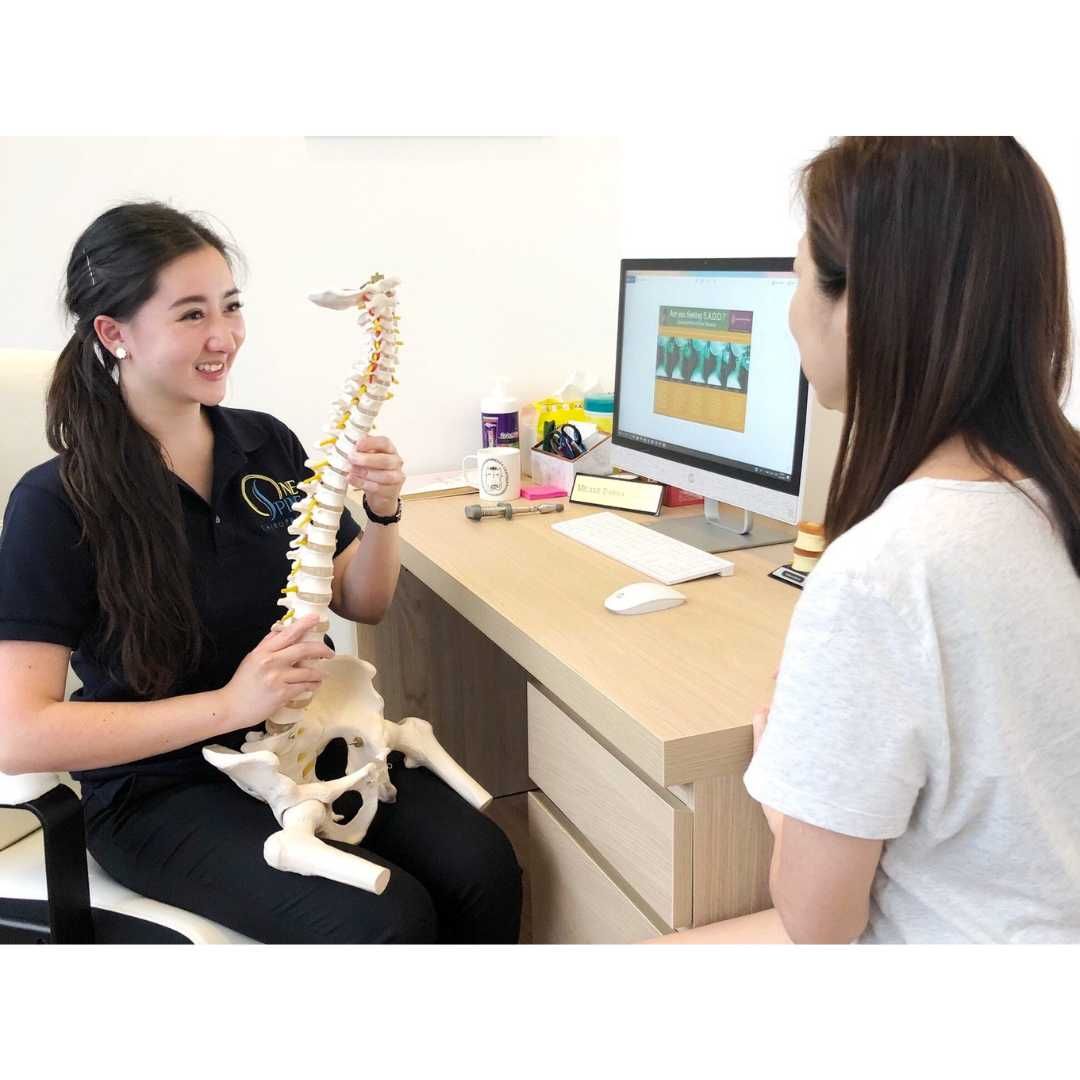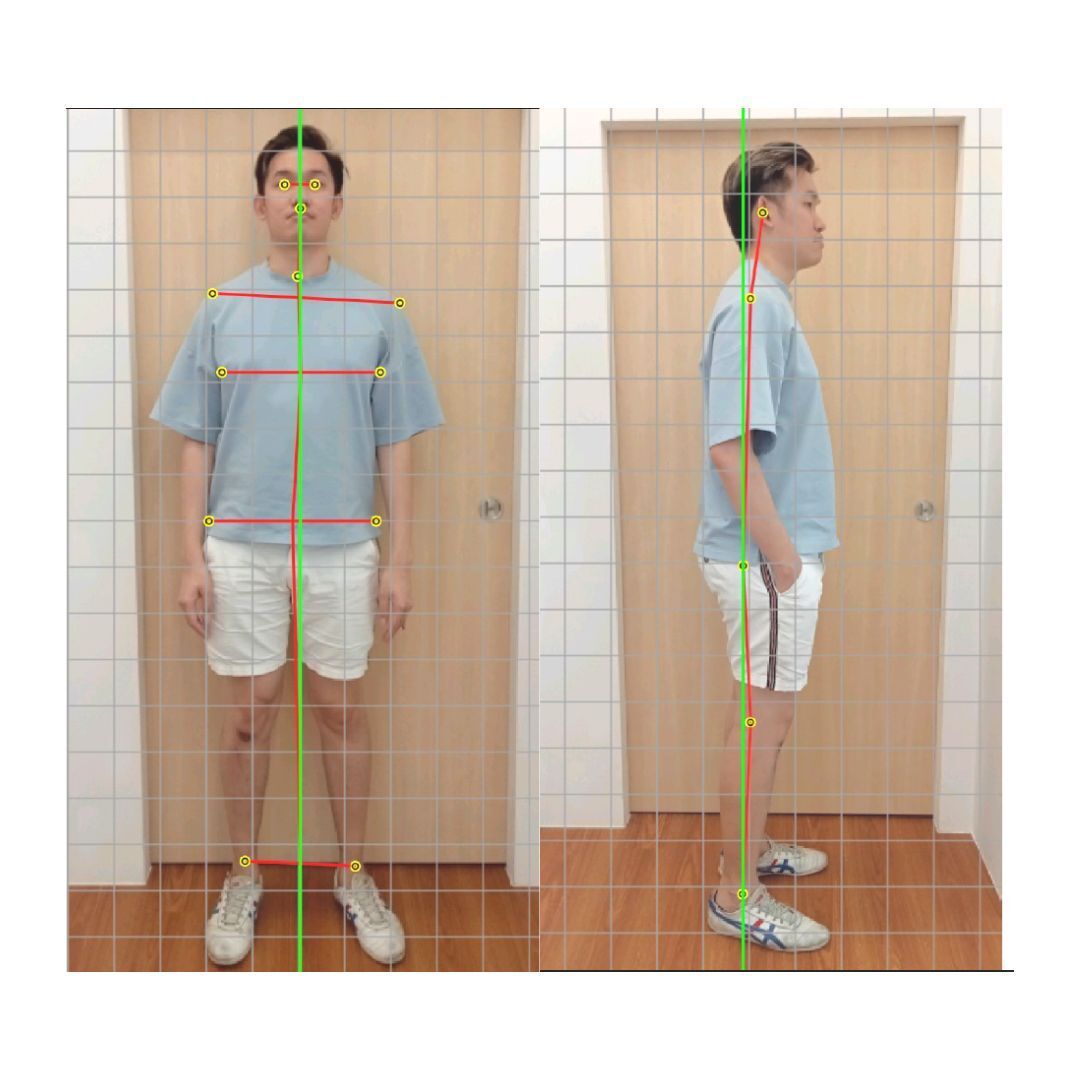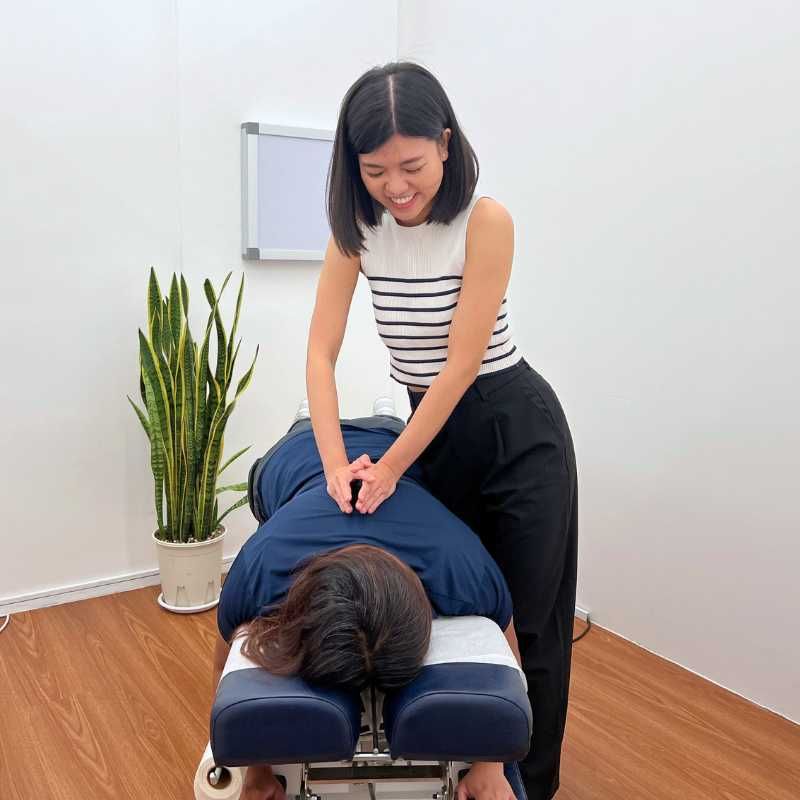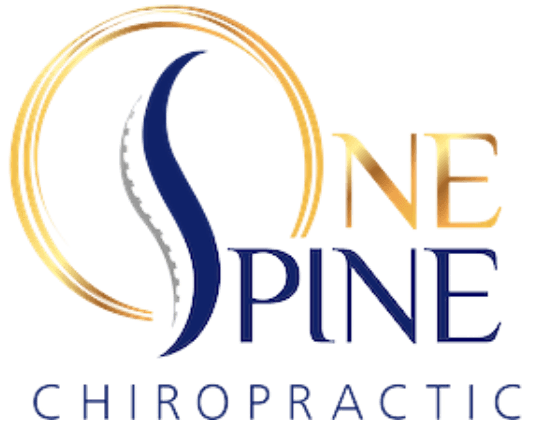Benefits of Myofascial Release: A Chiropractic Pathway to Pain Relief
Muscle pain and tightness can be debilitating, affecting your daily activities and overall quality of life.
At One Spine Chiropractic, we offer a range of therapies to help alleviate these issues, including Myofascial Release (MFR). This therapeutic technique targets the fascial system to reduce pain, improve mobility, and enhance overall well-being. Let’s delve into what Myofascial Release is, how it works, and its benefits.
What is Myofascial Release?
Myofascial Release is a hands-on therapy that focuses on the fascia, the connective tissue surrounding muscles, bones, organs, and myofascial tissues. The fascia can become tight or restricted due to trauma, inflammation, or surgical procedures, leading to pain and limited mobility. Myofascial Release involves gentle, sustained pressure on the myofascial connective tissue to release tension and restore movement.
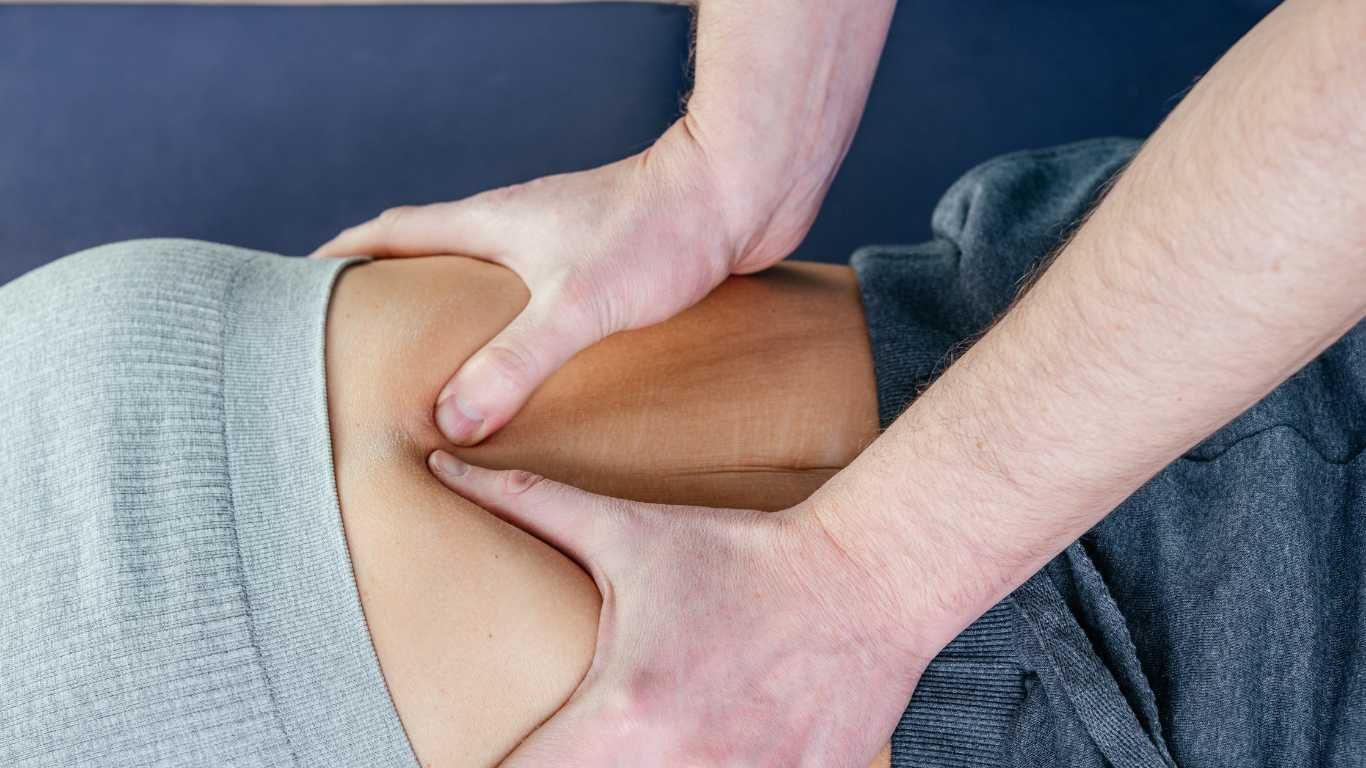
How Does Myofascial Release Work?
During a Myofascial Release session, a chiropractor applies slow, sustained pressure to the affected areas. This pressure helps to stretch and soften the fascia, breaking down adhesions and improving tissue flexibility. The key aspects of this technique include:
- Gentle Pressure: Unlike more forceful techniques, MFR uses gentle, sustained pressure to target the fascia without causing pain. In comparison, massage therapy also uses gentle pressure but focuses on massaging the myofascia to feel for stiff or tightened areas, aiming to release trigger points and reduce tension throughout the body.
- Long Duration: Each application of pressure is held for several minutes, allowing the fascia to elongate and release.
- Whole-Body Approach: MFR considers the body as an interconnected system, addressing multiple areas to achieve overall balance and relief.
Understanding Myofascial Release therapy
Chiropractic treatment and spinal manipulation can complement myofascial release in a holistic treatment plan. Chiropractic treatment focuses on diagnosing, treating, and preventing mechanical issues within the musculoskeletal system, particularly the spine.
Chiropractors use hands-on and holistic approaches to alleviate pain, improve mobility, and promote overall wellness. Spinal manipulation, a key component of chiropractic treatment, involves using hands or specialised instruments to manipulate the spine and joints. This technique can help correct misalignments, alleviate pain, and address various musculoskeletal conditions.
Integrating chiropractic treatment and spinal manipulation with myofascial release can provide a comprehensive approach to enhancing overall wellness and addressing a myriad of musculoskeletal issues.
Benefits of Myofascial Release for Pain Management
- Pain Relief: One of the primary benefits of Myofascial Release is its ability to alleviate chronic pain. By releasing tension in the fascia, this therapy can reduce pain in areas such as the back, neck, shoulders, hips pain.
- Improved Mobility: Tight fascia can restrict movement and flexibility. MFR helps to restore the elasticity of the fascia, enhancing your range of motion and making daily activities easier and more comfortable.
- Enhanced Circulation: Releasing fascial restrictions can improve blood flow and lymphatic circulation, promoting faster healing and reducing inflammation.
- Stress Reduction: The gentle, sustained pressure of MFR not only relieves physical tension but also has a calming effect on the nervous system, reducing overall stress levels.
- Posture Correction: Chronic fascial tension can contribute to poor posture. By addressing these restrictions, MFR helps to realign the body and improve posture.
- Sports Injury: Myofascial Release is highly effective for sports injuries. It enhances flexibility, reduces pain, promotes faster recovery, and helps prevent future injuries.
Myofascial Release vs. Trigger Point Therapy
While Myofascial Release Therapy (MFR) and Trigger Point Therapy (TPT) are both effective techniques used to alleviate pain and improve muscle function, they target different aspects of muscle tension and employ distinct methods:
- Focus Areas: MFR targets the fascia, the connective tissue that surrounds muscles, bones, and organs. It aims to release general tension and improve the elasticity of the fascia. TPT, on the other hand, focuses on specific hyperirritable spots within the muscle tissue known as trigger points. These points can cause pain both locally and in referred areas.
- Techniques: MFR involves applying gentle, sustained pressure over a larger area to stretch and soften the fascia. The pressure is maintained for several minutes to allow the fascia to release gradually. In contrast, TPT involves applying direct, concentrated pressure to trigger points to deactivate them and relieve muscle knots.
- Pain and Sensation: MFR is generally less intense, as it uses gentle pressure over a broader area. Patients might feel a mild stretching sensation but should not experience significant discomfort. TPT can be more intense because it targets specific points of tension within the muscle. Patients might feel discomfort or a temporary increase in pain as the trigger points are released.
- Goals: Both therapies aim to alleviate pain and improve mobility, but they do so through different mechanisms. MFR focuses on improving the overall flexibility and function of the fascia, while TPT specifically targets and releases muscle knots to relieve localised pain.

How Myofascial Release Fits into Chiropractic Care and Treatment
At One Spine Chiropractic Singapore, we integrate Myofascial Release with other chiropractic techniques to provide comprehensive care. This holistic approach ensures that we address not only the symptoms but also the underlying causes of pain and dysfunction. Here’s how MFR complements our chiropractic services:
- Combined Therapies: Myofascial Release can be used alongside spinal adjustments, chiropractic adjustment, decompression therapy, and other modalities to enhance their effectiveness and provide more significant relief.
- Personalised Treatment Plans: Each patient’s needs are unique. We customise our treatment plans to include MFR and chiropractic adjustments where they can provide the most benefit, ensuring a tailored approach to your health.
- Patient Education: We believe in empowering our patients with knowledge. Understanding the role of fascia and how MFR works can help you take an active role in your recovery and maintain long-term wellness.
Conclusion
Myofascial Release is a powerful tool in the fight against chronic pain and limited mobility. By focusing on the fascia, this gentle yet effective therapy can provide lasting relief and improve overall function. At One Spine Chiropractic, we are committed to helping you achieve optimal health through personalised, holistic care.
If you are experiencing persistent muscle pain or tightness, consider exploring the benefits of Myofascial Release. As part of a comprehensive pain management strategy, this therapy can be highly effective. Contact us at One Spine Chiropractic to learn more about how this therapy can be integrated into your treatment plan and take the first step towards a pain-free life.
Book An Appointment Now
Take the Next Step Towards Enhanced Recovery
Don’t let pain and discomfort hold you back.
Schedule a consultation with One Spine Chiropractic Singapore today and discover how Myofascial Release can alleviate pain and improve your overall well-being.
